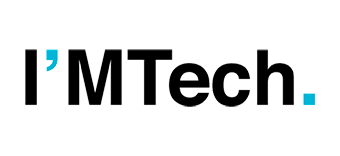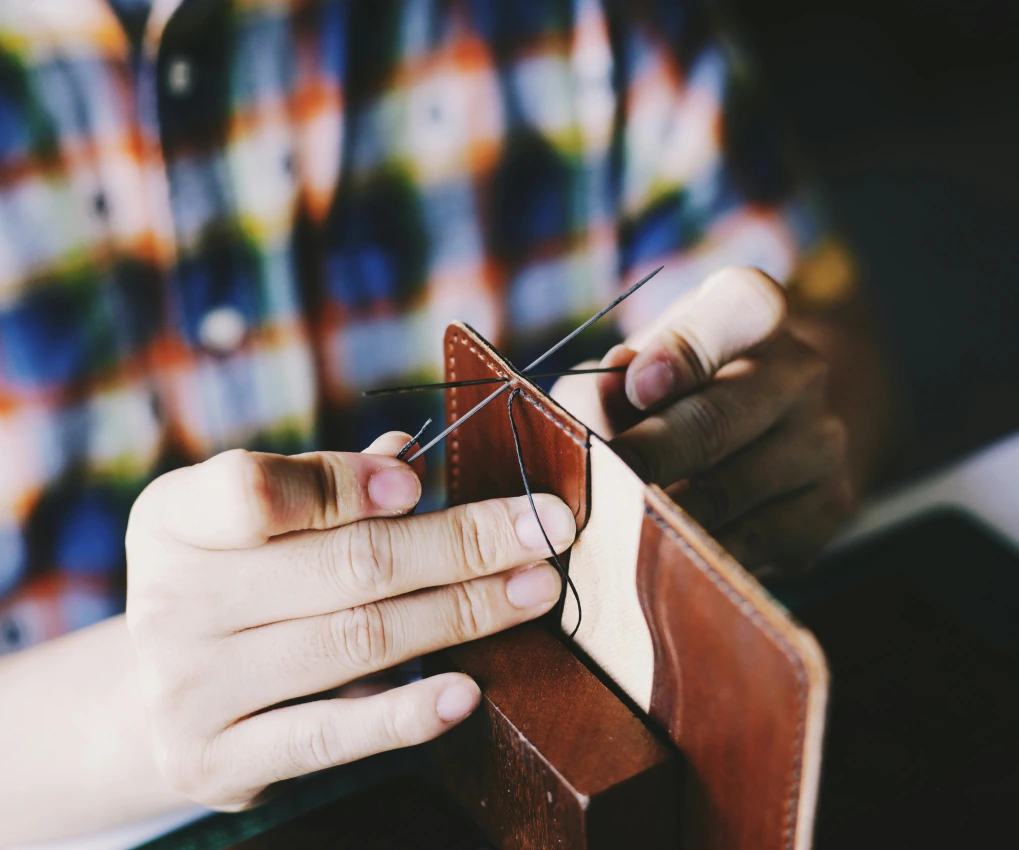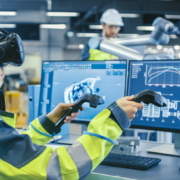“Turn your hand a little, like that…” In the workshop, words try to follow the movement. On one side are the “elders” who are teaching, and on the other are the “youngsters” who are listening, watching, trying, and trying again… But in many craft trades, oral transmission quickly reaches its limits. How can you accurately describe the angle of a wrist, the pressure exerted by a finger, or the tension of a thread?
These complex gestures, which defy language, are also the result of years of practice. Transmission is not only limited by words, but also by time—often limited in small structures—to review a gesture, fully absorb it, or observe it from different angles.
Myothesis operates at this frontier between the verbal and the physical. The young start-up, incubated at Télécom Paris, has designed a technology capable of capturing and recording professional gestures. It then reproduces the digitized content in 3D to facilitate the transmission of know-how and respond to the pressure of generational renewal in craftsmanship.
Facing the erosion of craftsmanship
In all sectors of craftsmanship, the situation is the same: the gradual disappearance of technical skills is jeopardizing the survival of businesses. Retirements are on the rise, vocations are rare, and training is lacking. Faced with this deficit, many very small businesses are organizing their own informal apprenticeship programs.
Adam Wilhelm, co-founder of Myothesis, is well aware of this reality: he comes from a family of artisans spanning three generations. “My grandfather was a cabinetmaker. He then became a tailor and passed on his passion to my father. I took a different path, but I wanted to come back to it,” he explains. It was this desire to bridge the gap between tradition and innovation that led him to create Myothesis with Adriana Berger, whom he met at engineering school.
Both wanted to give practical meaning to their scientific training by creating a technology that would be useful to those in workshops who don’t always have the tools to formalize their expertise. “The project was born at school, and right after graduation, we embarked on the entrepreneurial adventure,” says Adriana Berger.
Encapsulating movement
The solution designed by Myothesis is based on a discreet, lightweight device: a bracelet worn around the center of the forearm. This elastic device incorporates a complete electronic system with electromyography sensors that analyze the muscle signals emitted by the body on the surface of the skin. These signals, transmitted from the brain to the hand, contain a wealth of information about movement, posture, and the force exerted.
“For artisans, it’s not just about the movement, it’s also about the pressure and tension,” explains Adam Wilhelm. “Our algorithm even interprets how the fingers are bent and positioned depending on the task at hand. ” Using dedicated software, the gestures are modeled in 3D and can be viewed on a tablet, computer, or virtual reality headset. The rotation of the wrist, the orientation of the fingers, and the rhythm of the movement can thus be observed from all angles.
The bracelet has been carefully designed and manufactured. The sensors are biocompatible and non-invasive, and the design was entrusted to a mechanical engineer to ensure that the device adapts to all body types. “It has to fit on the thinnest arms without constricting more muscular arms. This adaptability was obviously a key issue, which we worked on for several months,” emphasizes Adriana Berger. An integrated battery completes the package, making the system fully portable.
A use case in clothing manufacturing
Myothesis technology has an immediate application in the clothing industry. The team is currently working with a company that specializes in knitted sweaters, which is facing a major challenge: there is no structured training available, even though this sector relies on technical expertise involving nearly 40 different specialized skills.
“An expert can produce up to five times more sweaters per year than a beginner, bearing in mind that it takes an average of three years to be fully trained in this profession. So there is a real challenge in terms of performance and knowledge transfer,” explains Adriana Berger. Myothesis’s goal here is to digitize each of these gestures to build a library of expertise that is accessible to all new employees.
That said, this is in no way intended to replace human intervention in the learning process. “Human contact remains essential. Our goal is to save time, avoid certain mistakes, and make training more fluid,” insists the young entrepreneur. By accurately documenting the steps, the solution offered by Myothesis helps to stabilize learning and facilitate progress, while preserving the company’s intangible heritage.
Towards a tool for improvement
Founded in July 2023, the start-up initially focused its efforts on technical product development. In January 2024, it joined the Télécom Paris incubator to benefit from personalized support. “We needed to learn the basics of marketing and sales and understand customer expectations. The workshops offered were a great help,” explains Adriana Berger.
Today, the young company is entering the commercial prospecting phase with an offering designed as a service. The team visits the customer, pairs an experienced craftsman with a device, digitizes the movements, and then reproduces everything in the form of an interactive interface. At this stage, the bracelet is not available for sale. “We’re not aiming for industrial production of the product, at least not for now. However, in the medium term, our goal would be to equip apprentices so they can compare their movements with those of an expert in real time. At that point, the bracelet will become a product in itself,” says Adam Wilhelm.
This dual-use perspective—capturing expertise on the one hand and supporting learning on the other—points to a broader ambition: to create an intelligent training tool capable of guiding users step by step toward mastery of a skill. Myothesis thus gives craftsmanship the visibility, sustainability, and precision that traditional training sometimes lacks.







